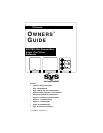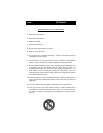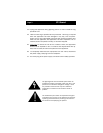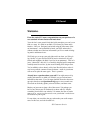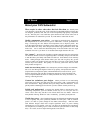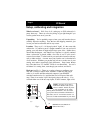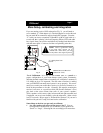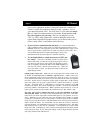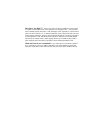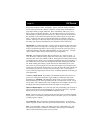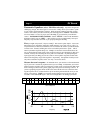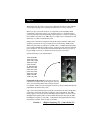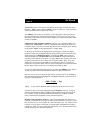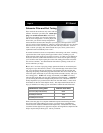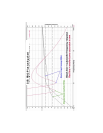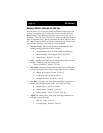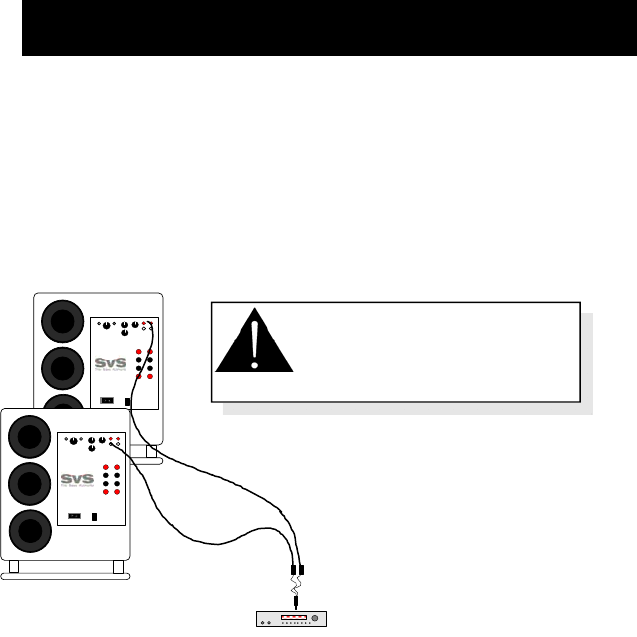
More Setup, calibrating and integration
SVSound
If you are running a pair of SVS subwoofers (Fig. 2), you will need to
use a standard “Y” cable adapter (d.) The best adaptor to use for this task
has one male RCA connection and two female RCA outputs. From the
“Y” cable you can run a standard 75 Ohm RCA to RCA signal cable (e.)
to each sub, thus “splitting” the Low Frequency Effects (LFE) and other
bass signals from your receiver and effectively feeding both subwoofers
with the same signal. Contact us for hints on optimizing twin subs.
“
Level Calibration
” isn’t only for tech minded folks, it’s
critical
to a
proper configuration of your home theater sound system. Fortunately,
adjusting channel output balance (essentially all “calibration” amounts to)
is as simple to do as it is important. The first order of business is making
sure your DD/DTS surround sound system is set up properly. We recom-
mend you consult your audio/video receiver (or processor) manual to re-
fresh on the procedures to do this. Generally, this requires ensuring the
receiver’s test tones, or a special test disk (like Ovation Software’s
Avia
)
play back at the same volume from each of your system’s speakers.
That’s speakers at left, center, right, left surround and right surround (and
if equipped, one or two rear channels), plus the subwoofer . (More on sub
level in a second). Skip to page 9 (“Powered Box Features”) if you aren’t
familiar with your sub’s amp, and come back to calibration.
Some things to check as you get ready to calibrate:
•
Are your speakers set correct to the correct “size”?
Your re-
ceiver/processor should allow you to indicate if your speakers are
“Small” or “Large”. Selecting the size accordingly will ensure bass
Page 7
DD/DTS Processor/Receiver
(Subwoofer “Out”)
Fig. 2
(e.
(d.)
“Y” cable/splitter from
receiver
NOTE: Now is a good time to select
if you want “ON” (always on) or
“AUTO ON” which turns your sub
on only when a bass signal is present.
SVSound



